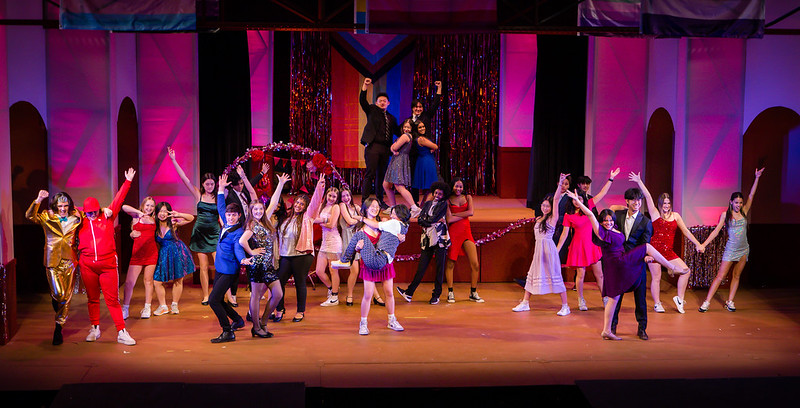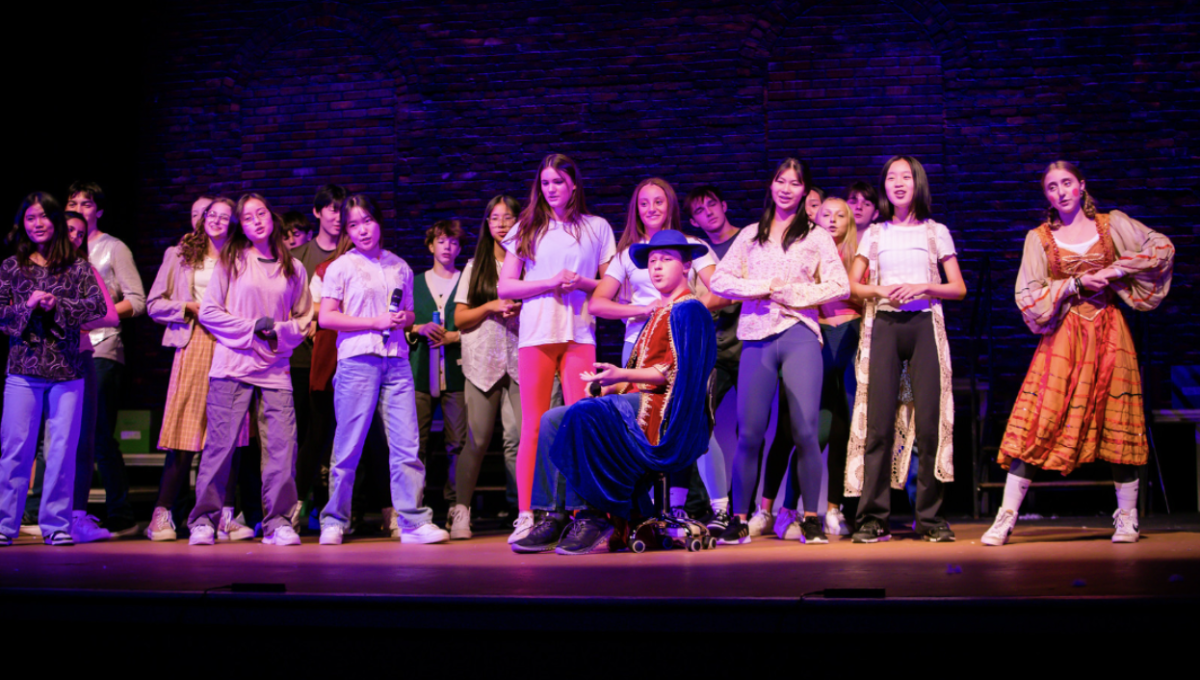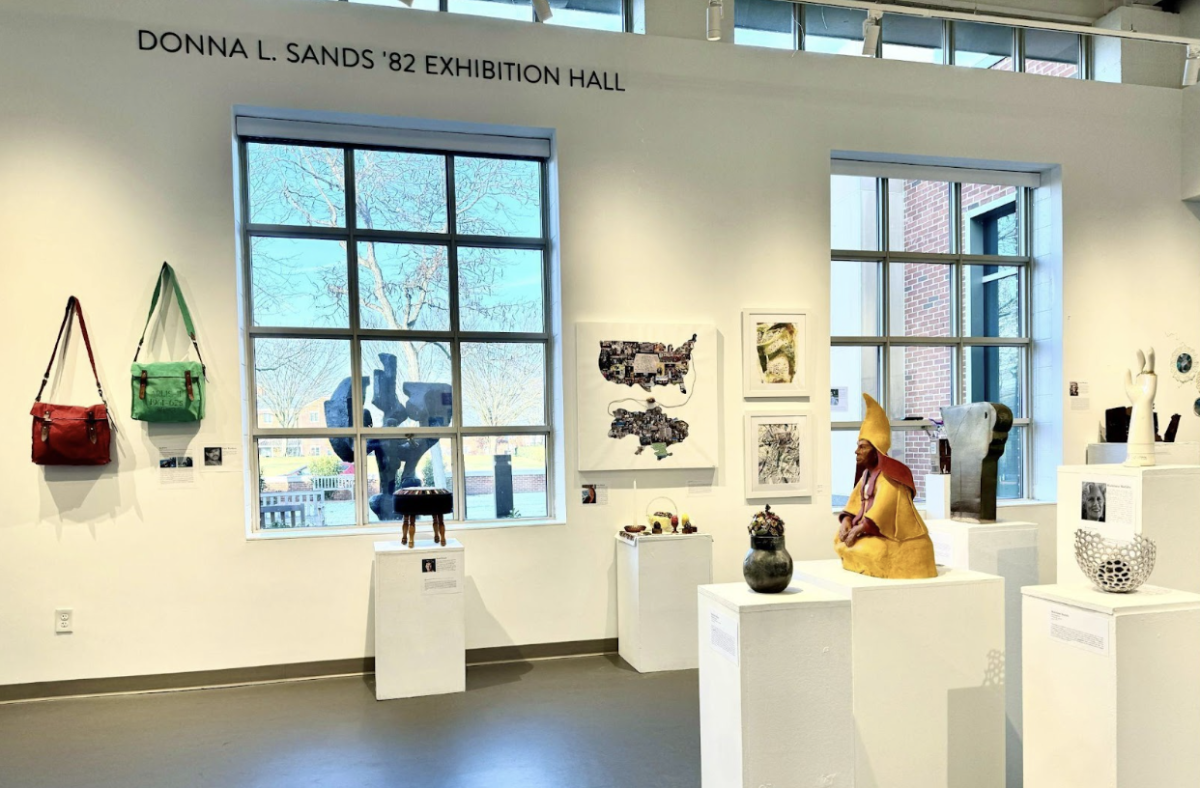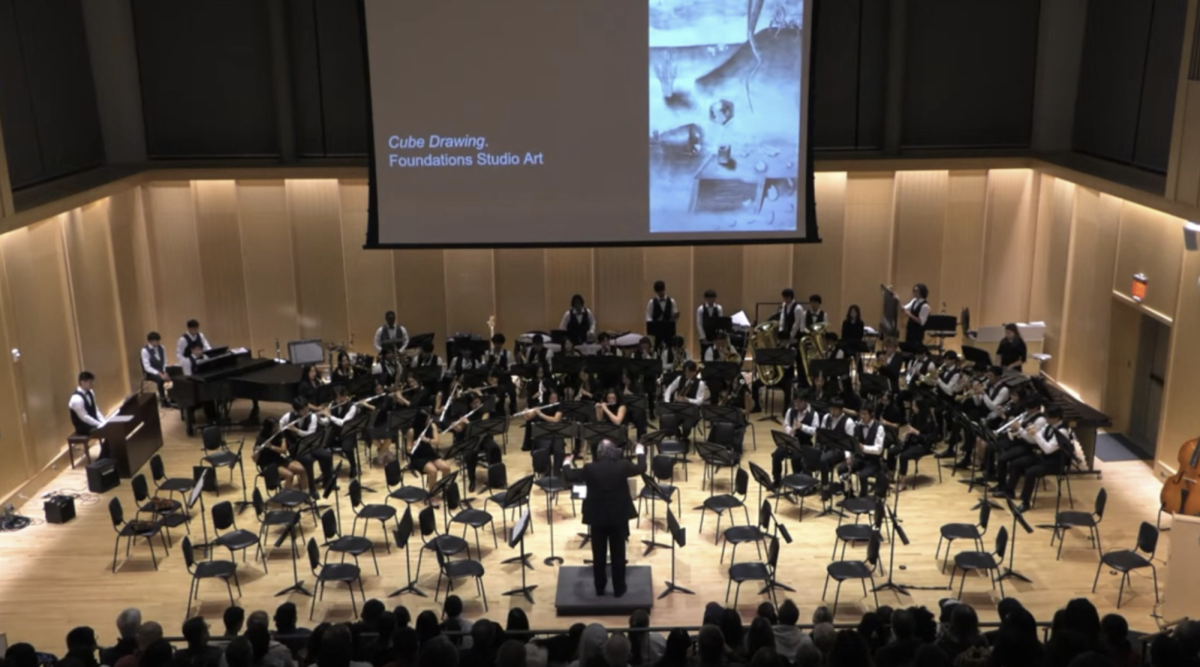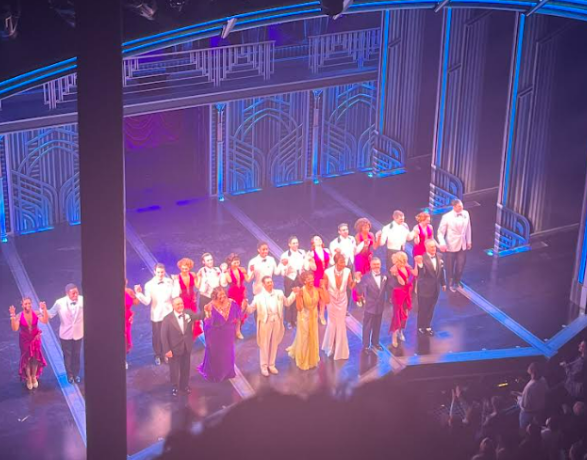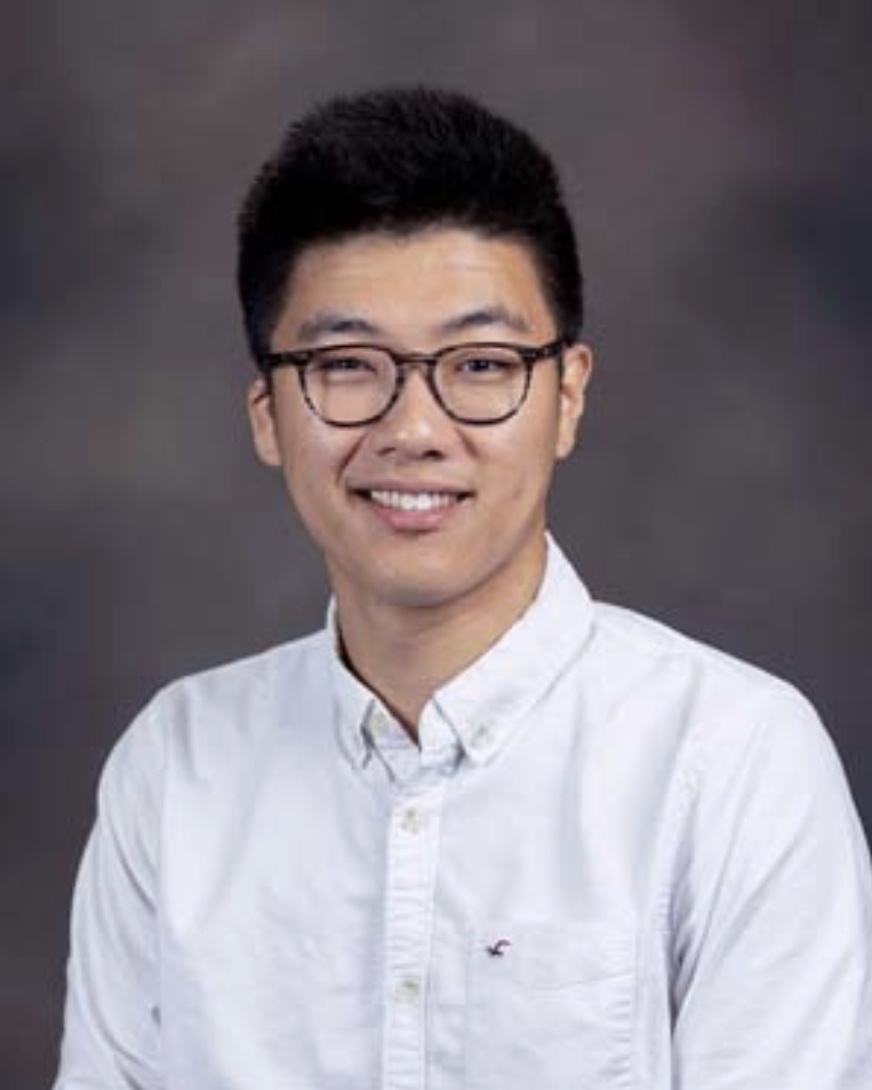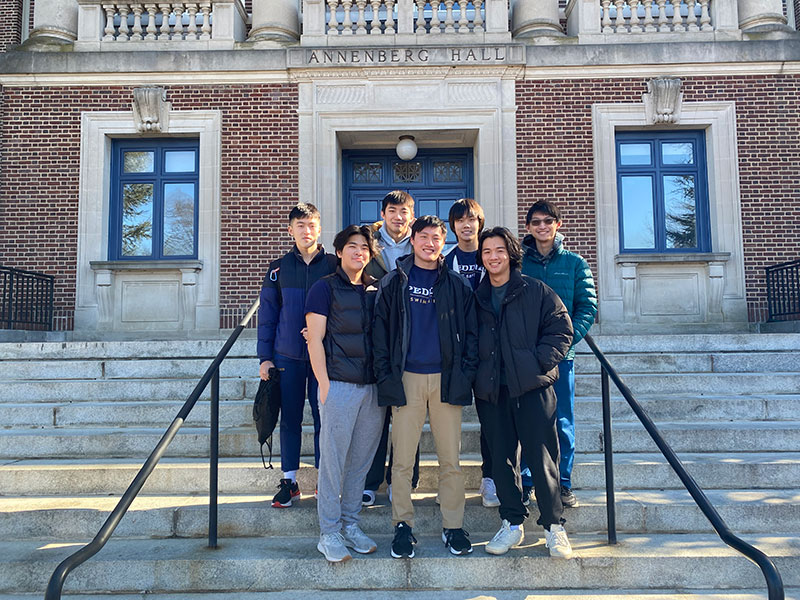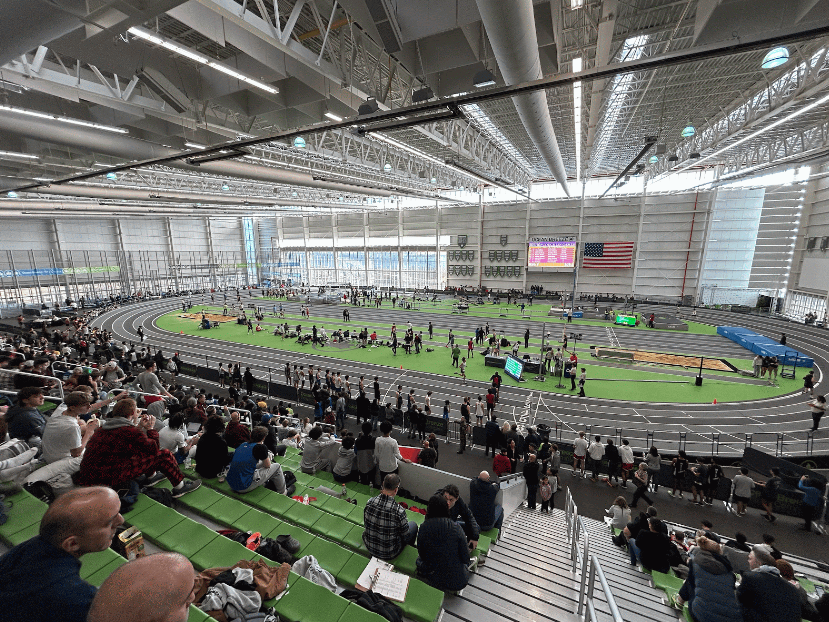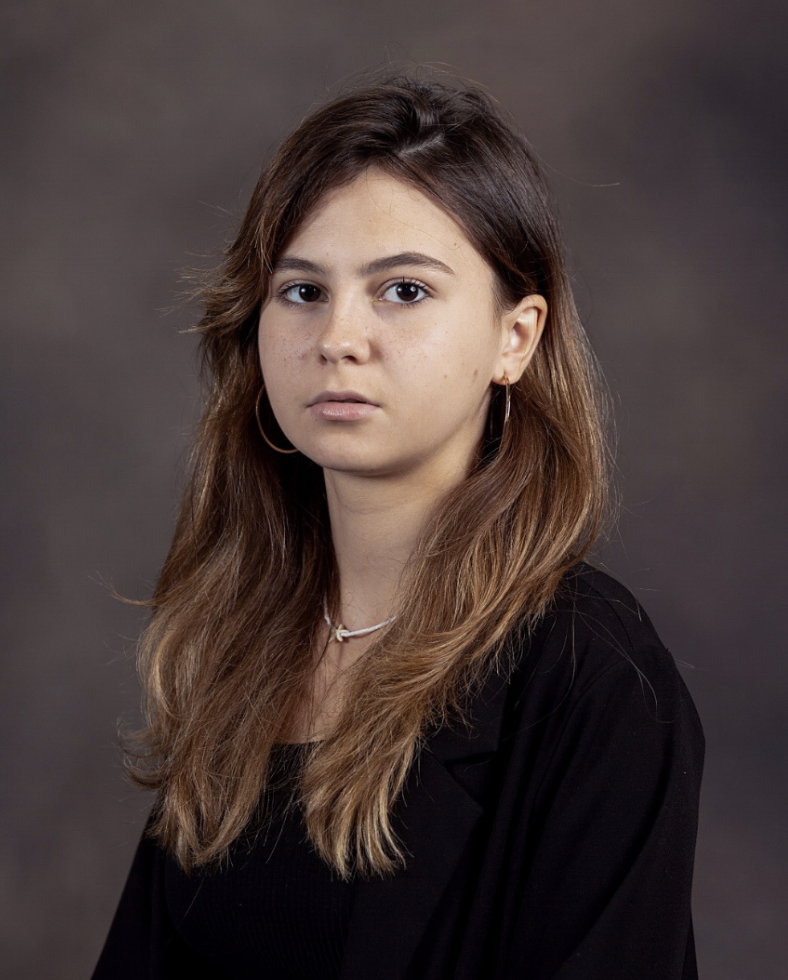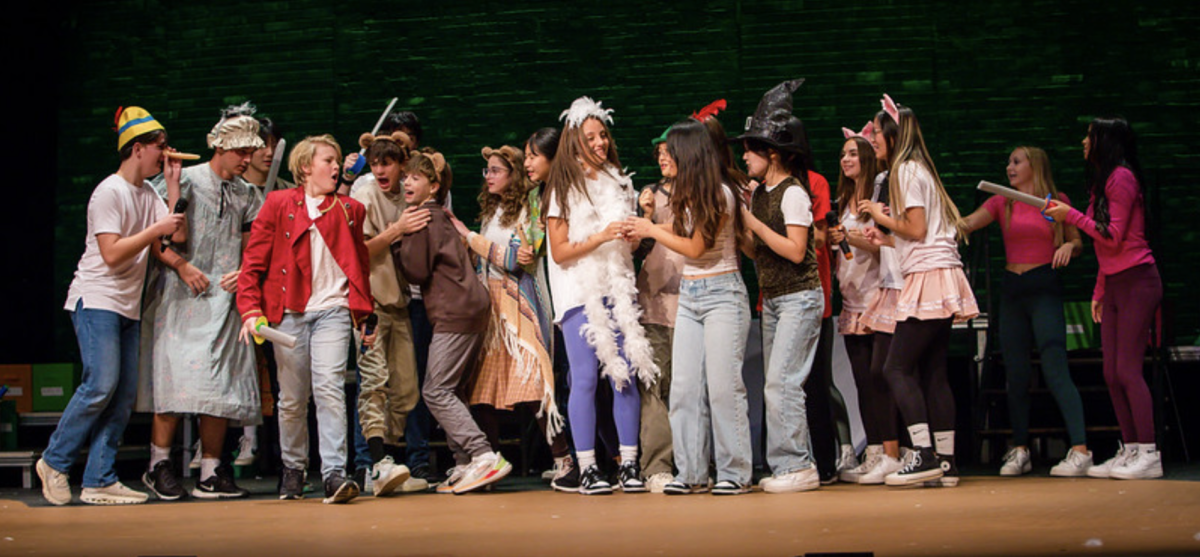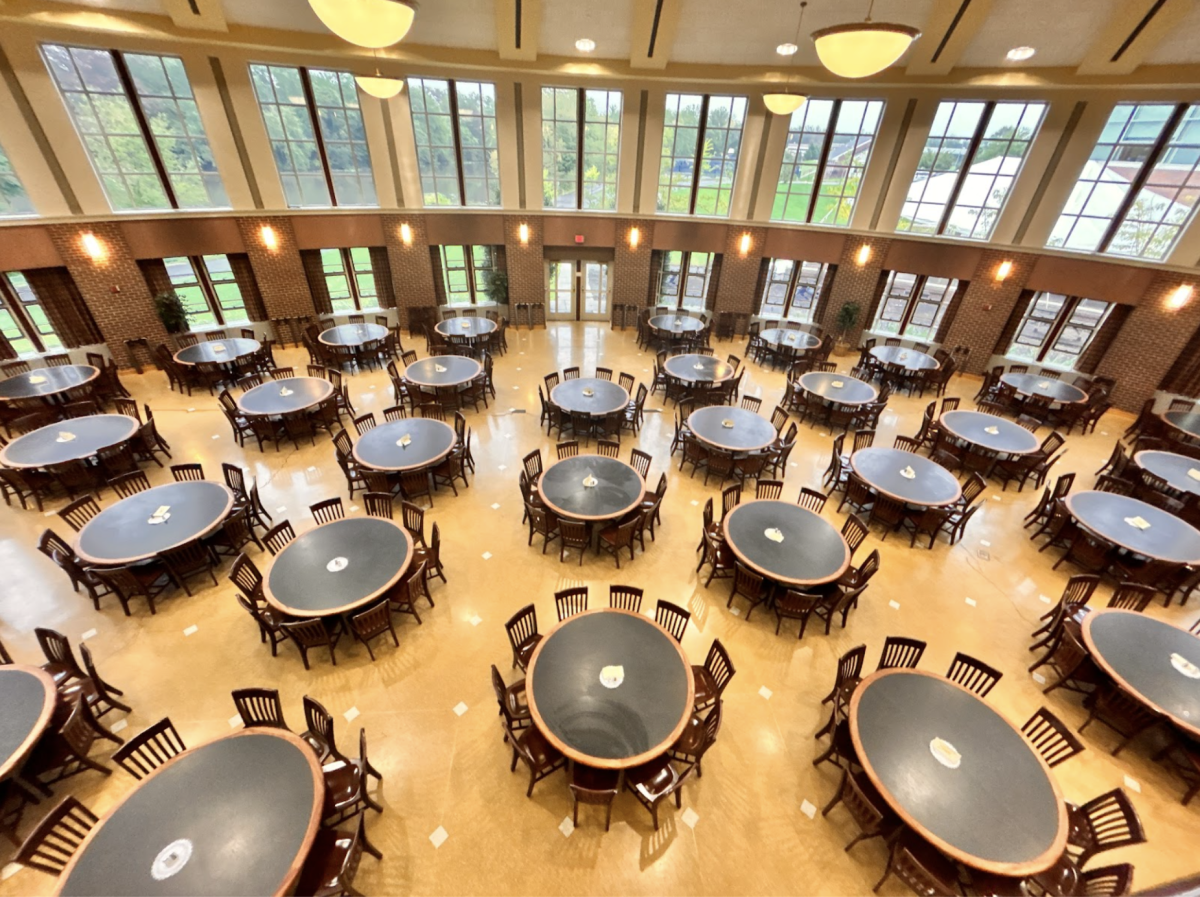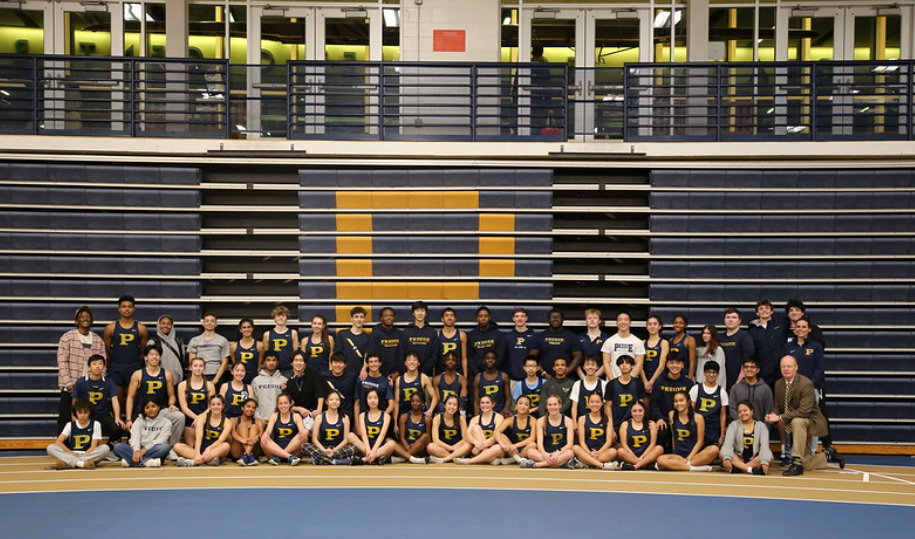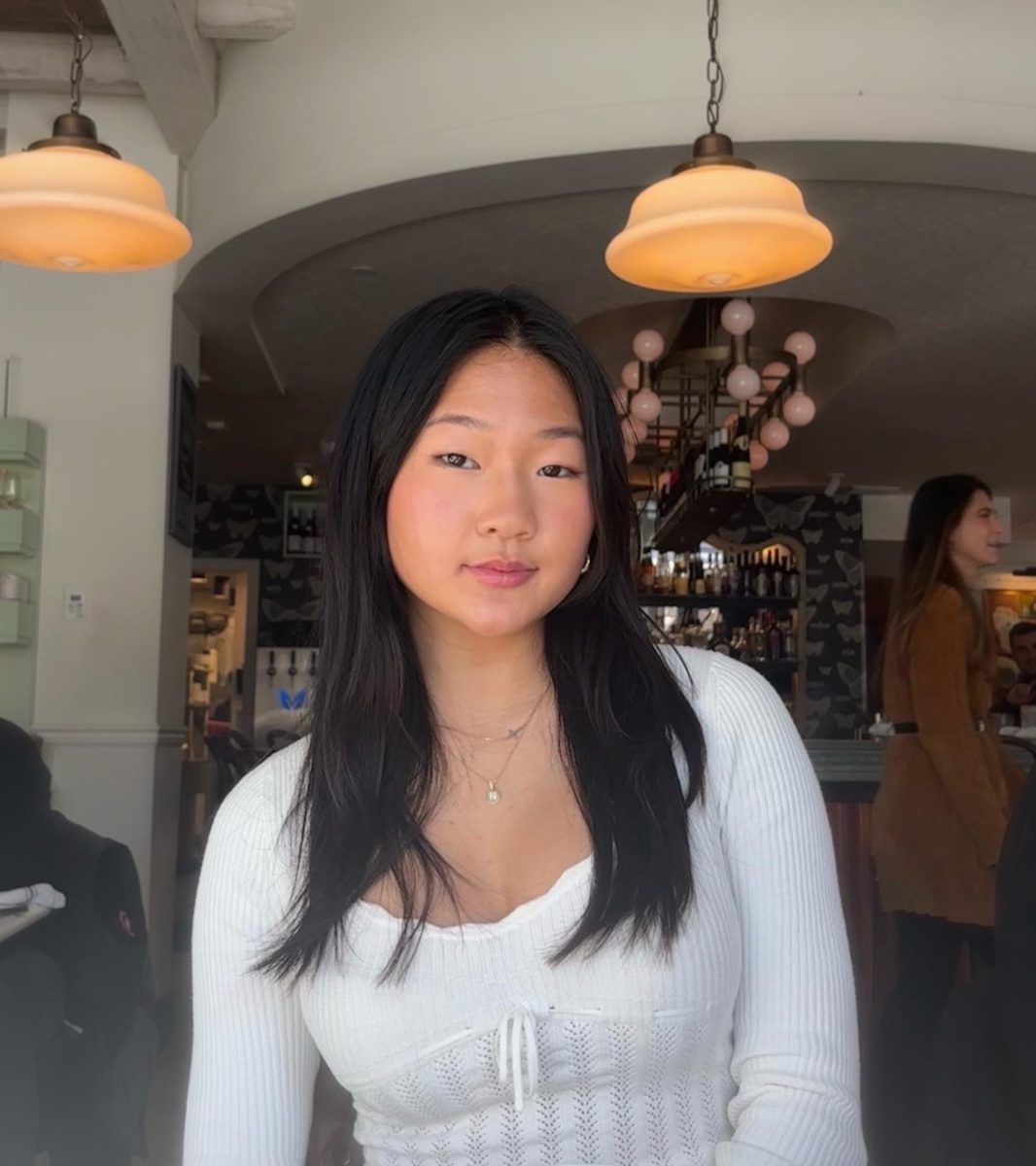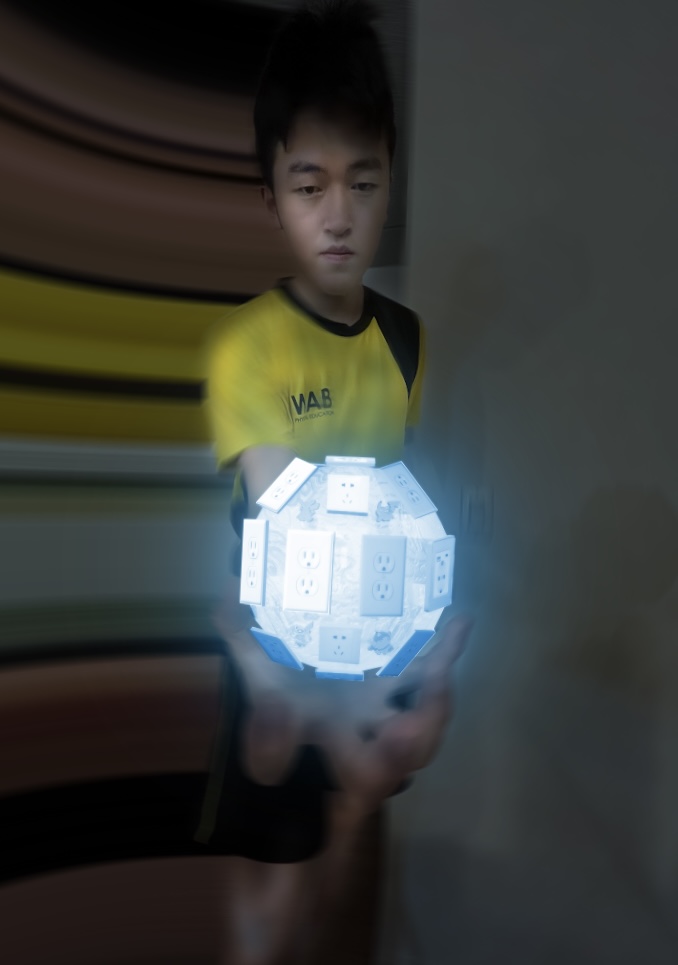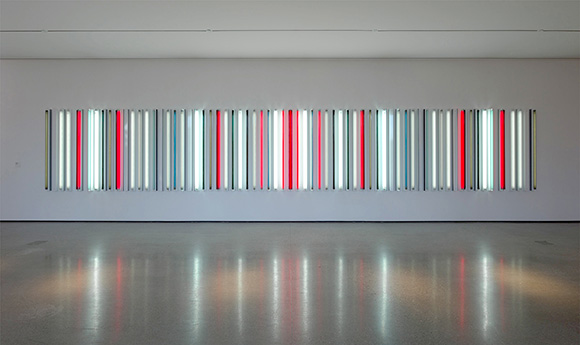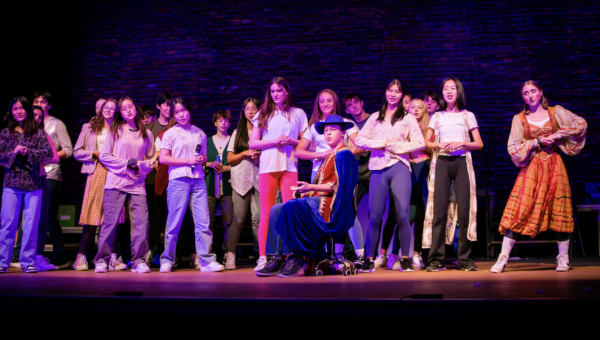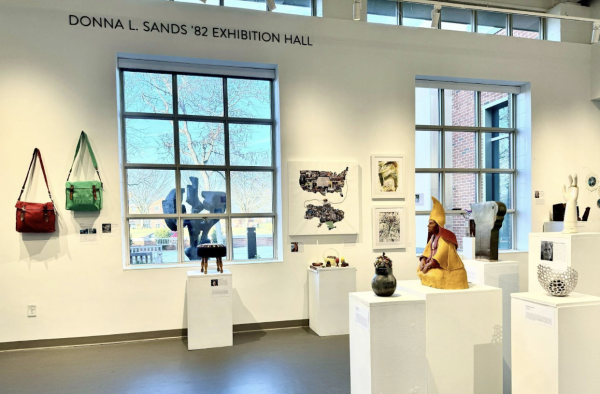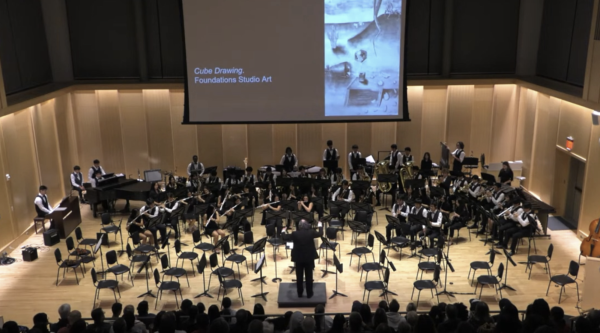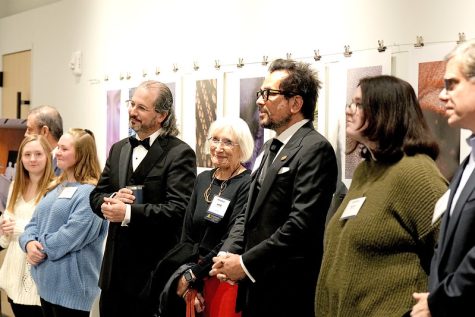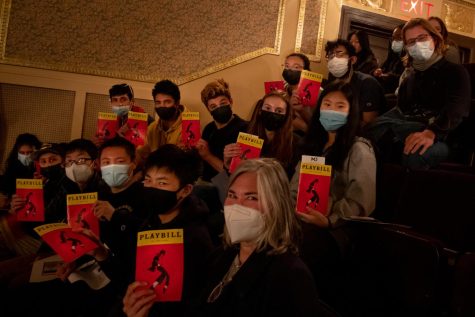REVIEW: James Turrell’s Retrospective
January 21, 2016
As a scholar, an architect, and an artist, James Turrell is a character of uniqueness. At the age of 16, he was already flying supplies and working as an aerial cartographer. At Pomona College, he studied psychology, geology, mathematics and astronomy. His graduate studies at the University of California, Irvine were disrupted when he was caught helping youths avoid being drafted for the Vietnamese War, and was sent to jail for a year. Turrell has devoted his entire career as an artist and as an architect to experimenting with two essential qualities of art: light and space. His captivating, surreal artwork plays with the logistics of vision and how real and artificial light tricks the human eye as well as the mind. Turrell’s “A Retrospective” deals with immense light immersive, constructions, and installations including holograms and projections.
Turrell’s artwork does not require any prior knowledge or deep understanding of contemporary art, as it solely relies on the eyes, the mind, and what one feels and sees. His solo exhibition held in Museum SAN in Wonju, South Korea showcases four of his artworks: “Sky Spac.e” “Horizon Room,” “Ganzfeld” and “Wedgework.” The four pieces of art are distributed by walkways that allow the viewer to have intervals of reflection between seeing each piece. “Wedgework” is the first work of the exhibition. Located in a pitch black room, the red, green and blue fluorescent, LED and fiber-optic lights create an allusion of two wedges standing inside of a room glowing in red.
For most of Turrell’s artwork, what the viewer sees depends on the viewer and the angle in which the viewer is standing from the artwork. Because the room was very confined in terms of space, it was difficult to observe the artwork from a distance and as a whole. However, the complete blackness of the room heightened the surrealism of the artwork. To prepare for the viewing of the second artwork, “Ganzfeld,” the viewers must take their shoes off and slip on plastic slippers. At first glance, the piece seems like a piece of colored paper hanging on top of a staircase. However, upon climbing the stairs the viewer notices a vast expansion of color laying before their eyes, a burst of color before their feet. Once the viewer steps in, they enter a completely white room filled with the continually changing hue of the light projecting from the entryway. There are no definite walls in this room, as the whole space is an eternal oval. The space seems limitless, and the uncertainty of depth of space leaps beyond the capability of our constricted minds. The effect of “Ganzfeld” creates an illusion of a mist filling the room, eliminating the presence of shadows and adding to the eerie sensation.
“Sky Space” and “Horizon Room” are both pieces during which the viewer observes the sky above through a dome. The connection between the artwork and religion is indisputable, but Turrell seems to be dealing with the sublime as well.
My reaction to this exhibition was one of perplexity and fascination, yet I was inspired by Turrell’s imaginative, pioneering artwork to create novel meanings for light and space.

